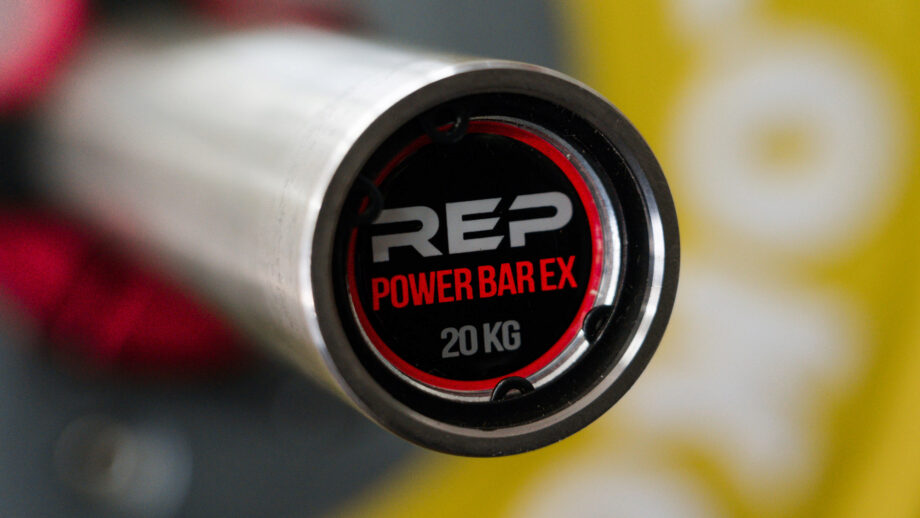

player battling that exists within Pokémon GO. This feature would build upon Trainer Battles, then-current form of player vs. Scraggy, Rufflet, and Frillish were also exclusive to these encounter rewards when they were introduced.Īccording to Niantic, battling has been a core part of the Pokémon universe since the very beginning. Mienfoo and Pikachu Libre are the only Pokémon currently exclusive to GO Battle League encounter rewards. At the end of each season, Trainers receive Stardust and, if their rank was high enough, an Elite Fast TM and/or an Elite Charged TM. Reaching the highest rank often rewards Trainers with other exclusive items such as avatar items and poses. The amount of Stardust and Rare Candy, and the order of the rewards, depends on which reward set the Trainer chose and the Trainer's rank. The exact specifics on rewards are different for each season. These rewards include Pokémon encounters, Stardust, Rare Candy, and a random item which awards one of the following: The next match reward in the set is only granted if the Trainer wins the next match. Rewards For the rewards in the current season, see Season 10 → Rewards.Īt the start of each set of matches, Trainers need to pick the rewards they'll receive from that set: Basic Rewards, which are free, or Premium Rewards, which require exchanging a Premium Battle Pass. Battling friends or NPCs will not influence a Trainer's GO Battle League rank or rating. Ranks and ratings are only affected by playing the GO Battle League. Trainers cannot see what their rating is until they reach a specific rank in the season. Winning matches will increase a Trainer's rating, while losing matches will decrease the rating.


This is used to match Trainers in battles with other Trainers of similar skill. Ending a season with a higher rank results in a higher amount of Stardust at the end of the season, and certain rewards are locked behind the highest ranks.Ī Trainer's rating is a measure of their battle performance. Once a Trainer reaches a new rank, they cannot drop below it for the rest of the season losing matches does not lower a Trainer's rank. The requirements to reach the next rank depend on the Trainer's current rank but usually involve completing or winning a total number of matches. Ranks and Ratings For the ranks and ratings in the current season, see Season 10 → Ranks and Ratings.Ī Trainer's rank is a measure of their progress in the current GO Battle League season. Only Pokémon with a Pokédex number between #152 and #251 allowed Only Pokémon with a Pokédex number between #387 and #493 allowed Only Normal-, Grass-, Electric-, Poison-, Ground-, Flying-, Bug and Dark-types Pokémon allowed Only Fire-, Water-, and Grass-type Pokémon that are able to evolve and have not evolved even once allowed Only Normal-, Grass-, Electric-, Ice-, Flying- and Ghost-type Pokémon allowedĭark-, Steel- and Fairy-type Pokémon banned Only Pokémon caught during the ongoing Season allowed, excluding Mythical ones Only Pokémon with a Pokédex number between #001 and #151 allowed Only Pokémon that are able to evolve and have not evolved even once allowed Only Poison-, Ghost-, Bug-, Dark-, and Fairy-type Pokémon allowed, excluding Legendary and Mythical ones Legendary and Mythical Pokémon are banned

The following is a list of all leagues and cups featured in the GO Battle League: Special Battle Leagues, called Cups, are also featured at certain times. Classic only allows the Pokémon that have not been powered up by Candy XL. Remix bans the most popular Pokémon decided by officials. The Leagues have the Remix and Classic variants. GO Battle League uses a similar Battle Leagues mechanic as seen in normal Trainer Battles. The formats are:īattle Leagues For the leagues and cups in the current season, see Season 10 → Formats. GO Battle League is currently at Season 10.


 0 kommentar(er)
0 kommentar(er)
